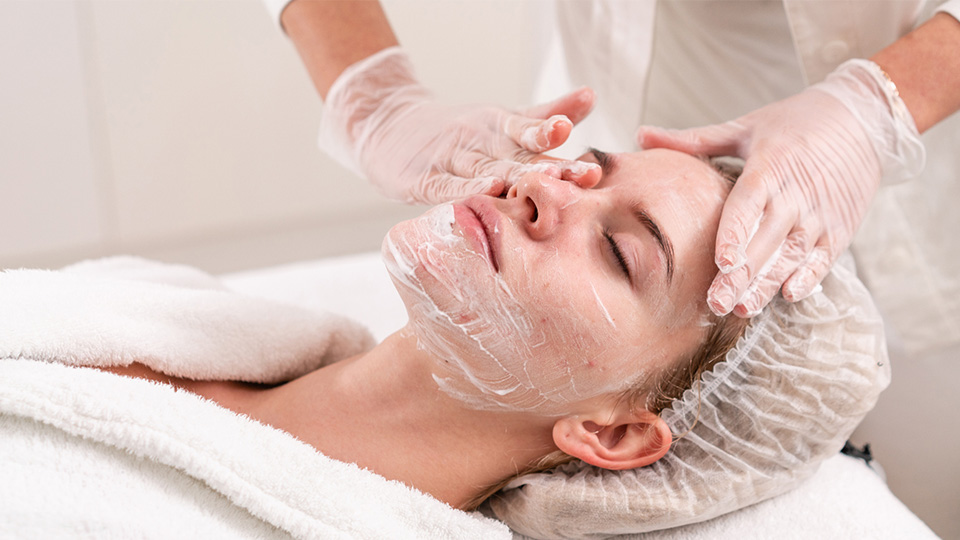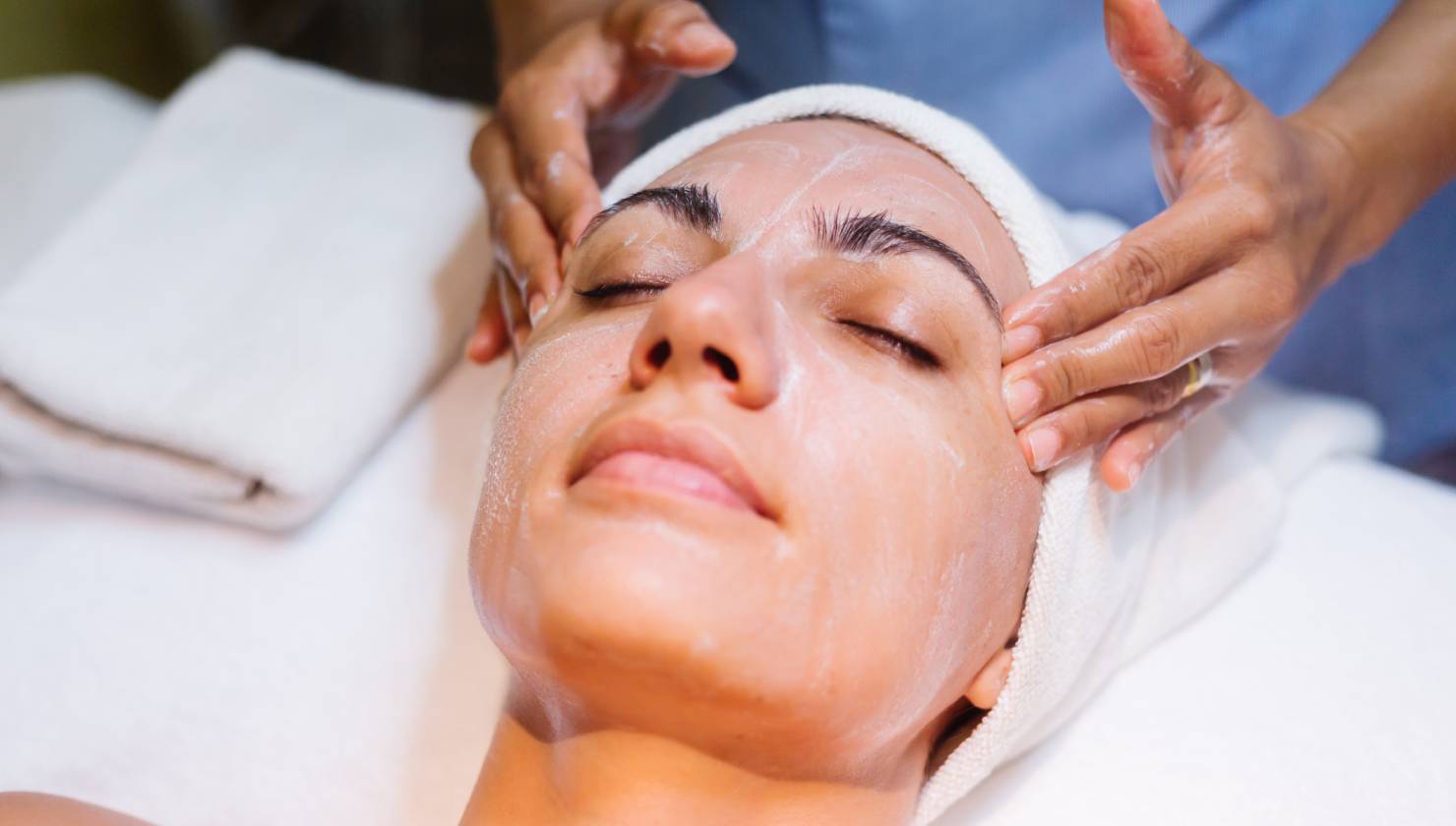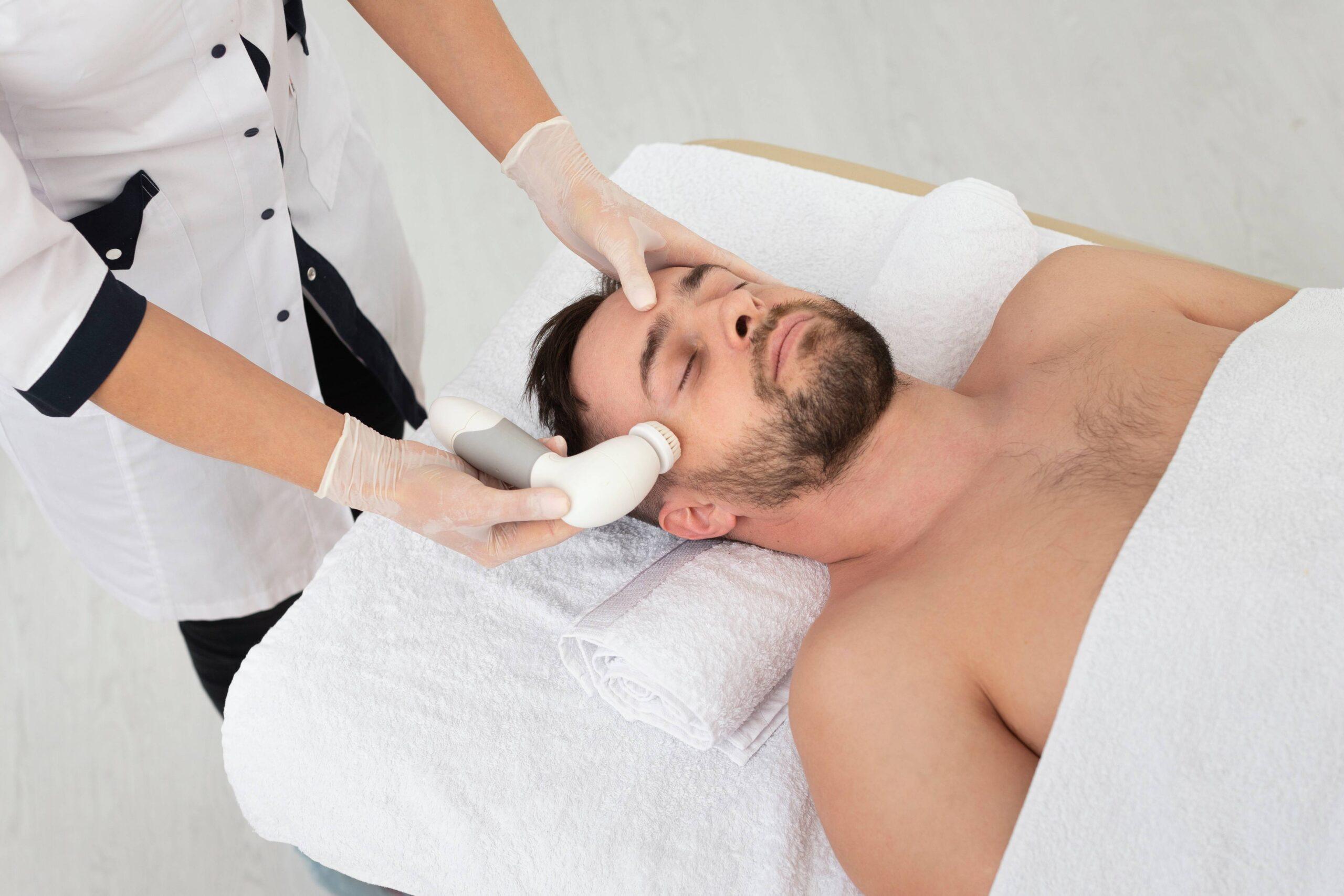As the seasons change, our skin tells the story—sun exposure, pollution, and daily stress often leave behind uneven tone, rough texture, and signs of aging. The cooler months bring the perfect opportunity to press reset with one of dermatology’s most trusted treatments: the chemical peel.
What Is a Chemical Peel?
A chemical peel is a professional skin treatment that uses safe, dermatologist-approved solutions to gently exfoliate the outermost layers of the skin. By encouraging the natural shedding process, chemical peels reveal smoother, brighter, and younger-looking skin beneath.
There are three common types of peels:
Superficial Peels – Light exfoliation for mild concerns like dullness or clogged pores.
Medium Peels – Target pigmentation, acne scars, and fine lines.
Deep Peels – Address stubborn wrinkles and advanced sun damage (done under strict medical supervision).
Why Now Is the Best Season for Peels
During summer, our skin is constantly exposed to harsh UV rays, making post-treatment care more challenging. But as the weather cools down and the sun becomes milder, skin heals better and results last longer. That’s why autumn and winter are often called “peel season” in dermatology.
Choosing this time of year means:
Less risk of post-treatment sun damage
Faster recovery and better comfort
Longer-lasting glow into the festive and wedding season
Benefits That Go Beyond the Surface
Chemical peels aren’t just about glowing skin—they’re about renewal from within. Depending on the peel type and strength, you may notice:
Radiance & Brightness: Removes the dead, dull layer of skin.
Even Skin Tone: Reduces pigmentation, sunspots, and tanning.
Smoother Texture: Softens roughness and minimizes enlarged pores.
Anti-Aging Effect: Boosts collagen, softens fine lines, and improves elasticity.
Clearer Skin: Controls acne breakouts and reduces post-acne marks.
The Treatment Experience
A peel session usually takes less than 30 minutes:
Your skin is cleansed thoroughly.
The peel solution is applied and left for a few minutes.
You may feel mild tingling or warmth.
The peel is neutralized and removed.
A soothing moisturizer and sunscreen are applied.
There’s minimal downtime with light and medium peels—you may experience mild peeling or flaking over the next few days, which is a sign that your skin is renewing itself.

Post-Peel Care: Protect Your Glow
Your results depend as much on aftercare as on the peel itself. Dermatologists recommend:
Generous use of a gentle moisturizer
Daily broad-spectrum sunscreen, even indoors
Avoiding harsh scrubs, exfoliants, or retinoids for at least a week
Staying hydrated and eating antioxidant-rich foods for internal support
Why Choose OSSOM for Your PeelAt OSSOM, chemical peels are performed under strict medical guidance, using premium solutions tailored to Indian skin types. Our dermatologists assess your skin, discuss your goals, and design a treatment plan for safe, visible, and natural-looking results.
Who Can Benefit from Chemical Peels?
Chemical peels are versatile and suitable for many skin types, especially for those who:
Struggle with pigmentation or tanning
Want smoother, brighter skin for the festive/wedding season
Experience frequent acne breakouts or scars
Notice early signs of aging like fine lines or dullness
Conclusion: The Perfect Season to Start Fresh
Chemical peel season is here, and it’s more than just a beauty trend—it’s a scientifically proven way to refresh your skin, restore confidence, and step into the new season with radiance. Whether you want to fight pigmentation, control acne, or simply achieve that youthful glow, chemical peels offer a safe and effective path to renewal.
At OSSOM, we make skin health simple, safe, and result-oriented. Book your consultation today and let your skin enjoy the season of transformation.






